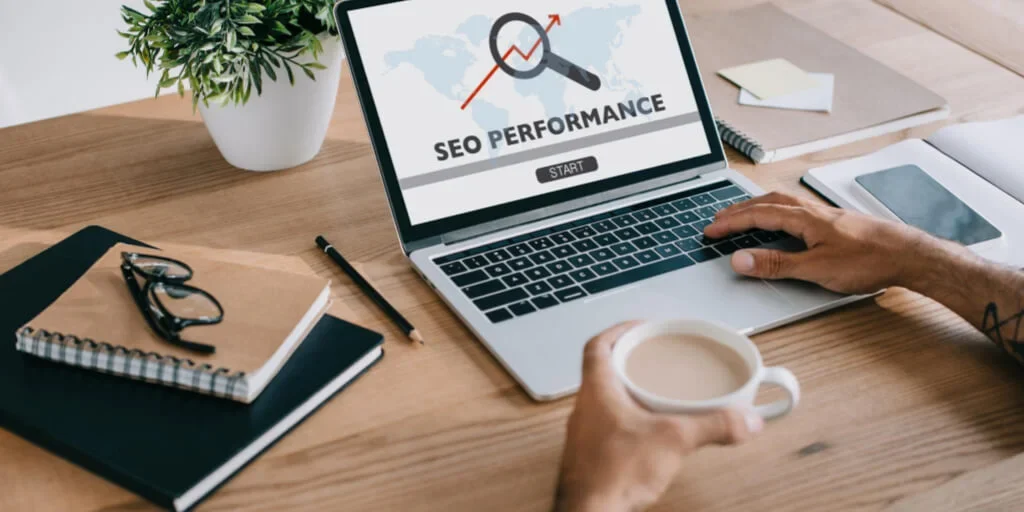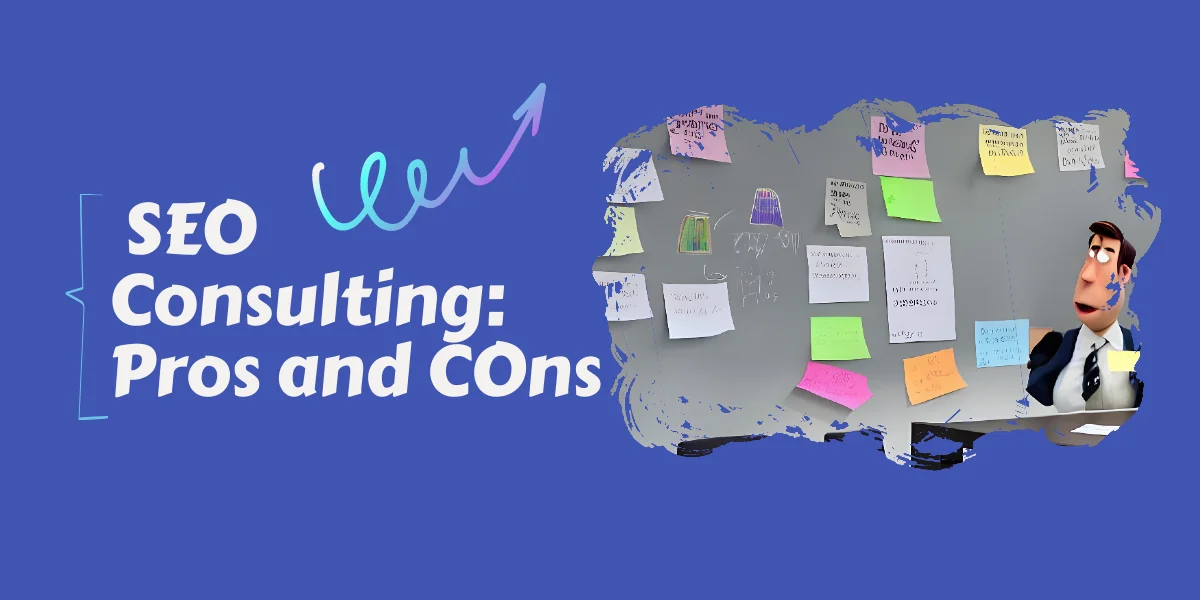These 13 SEO tactics will address all but the most serious SEO problems affecting your site. Learn how these quick fixes can improve your SEO today.
We know looking after your website is not easy when you have so many other things going on. Whether you’re managing your social media accounts, running digital marketing campaigns or just getting down to business, SEO is probably the last thing you want to be concerned with. But you could improve your Search Engine Optimisation (SEO) in a relatively short space of time using these tactics. Let’s get you started.
1. I’d start by looking at your analytics.
Look out for content that hasn’t been getting any traffic for 6 months or more. This should tell you that there’s something wrong with the content or these pages are not indexed. If you think these pages add value, then you need to identify what the issue is. If they are being crawled and are indexable, then you need to consider rewriting them. If they aren’t high value pages for you, de-index them, or unpublish them altogether.
Related: The ultimate guide to local SEO audits.
2. Landing Pages
How are people coming to your site? What’s the purpose of their visit?
Are they landing on the homepage and navigating through or are they coming to specific pages and missing the homepage altogether?
Are these the pages you want your customers to land on? In other words, is your customer journey working?
Startups can improve their site today with these 13 quick SEO fixes.
3. Site speed
This is an indicator of a sick website. However, it won’t give you a clear understanding of what’s wrong. If it’s slow, you’ll know you need to look at ways to speed up your web pages or you could have a hosting issue.
I frequently use https://gtmetrix.com/ but there are other options out there.
4. Events – Are people clicking on your CTAs?
You’ve built a kickass landing page. It tells a great story and finishes with a big call to action (CTA) button. But, how do you know if anyone is clicking? Make sure you have that button tagged and it’s being recorded in the events section.
5. Acquisition – where are your visitors coming from?
Are you referring your social media followers to your site?
Are you running paid campaigns?
Acquisition is a good indicator of how well your other channels are working.
If you have a loyal social media following, you should expect to see a lot of your traffic coming from social. Improve your site today and learn how local SEO pages can rank in Google.
6. Google Search Console (GSC) – What is GSC telling you?
Look at the search queries and determine how you could improve your pages performance in the search results listings. If you have a big site with lots of keywords, you’ll want to export the data and segment it.
- How many keyword impressions do your pages have and what is the click through rate (CTR)?
- Do you have any keyword cannibalisation issues?
- Do you have multiple pages competing for the same keyword?
If so, try to prioritise your most important page and edit your other pages for other keywords.
With GSC you can uncover keywords that you didn’t know you were ranking for. You can use this knowledge to re-optimise your content and metadata.
Discover these 5 benefits of SEO for your business.
7. Have you got the basics right?
If you are using a WordPress plugin like Rank Math or Yoast they will let you know if you can make improvements. You should be checking the page URL, your page heading, your opening paragraph, meta title and description. You’ll also want to make sure you have your social sharing cards sorted. Think about how your content is displayed in the search listings page. Your goal is to create a compelling search snippet that compels the user to click through.
8. User Experience
What is the purpose of the page? Can you improve the design of the page to provide a better user experience? UX improvements will help to improve conversion rates. Think about content design and for ecommerce consider improvements to your on-page navigation and include search filters.
9. Content Design
Your website is there to showcase your business and to sell your products and services. But do your customers understand what your website is for? While jargon might make you look good, the reality is that your customers might not understand it. You need to understand the context of how your content fits with the mindset of your customers. Your website is actually for your customers, so think like your customers and speak like your customers. Learn more about content design.
10. On-page improvements
- In addition to the above, you can use Screaming Frog to find broken links, analyse the metadata and find duplicate content.
- You should review your content for navigation issues and internal linking. Make sure your ‘money pages’ are ranking higher than your other pages. So, your blog posts should link to your services or products page, as those are the pages that convert.
- If you have existing ‘evergreen’ content, make sure it is up to date. Can you refresh the content with a new angle or with a more topical point of view?
- If you find lots of old posts on a similar subject, try to consolidate them into one post and add redirects to the old pages.
- If you’re researching new (or updating existing) content try Answer the Public to identify those longer-tail keywords.
- It might seem obvious, but always have a call to action in your content.
- Your website content is so very important and you’re going to be your biggest critic. Writing is a skill that can be learned, so practice it. You should approach website copy with the understanding that you are going to make improvements to it each time you review it. Just try to make sure you like your content and would be happy consuming it if you discovered it somewhere online.
11. How can you improve your category pages?
These are sometimes overlooked, but can drive a lot of traffic, especially for ecommerce sites. Write better copy, use better images, add filters. Anything you can think of that makes them easier to use.
12. Have you googled yourself?
Use questions or phrases you think you should be ranking for.
What other sites are coming up in search?
- Check out their meta titles and descriptions.
- Visit their pages and assess the quality of their content and the user experience.
- What do all these sites that are ranking on page 1 have in common?
- Where could your page add value? What have those sites not answered?
- What are the other suggested search queries?
Also use the site search function site:nameofsite and note how your pages look.
Use what you have learned to make small incremental changes to your pages so you can rise up the rankings.
Featured snippet.
- What is the featured snippet for the keyword you are competing for?
- What is that site doing better than you?
Try to optimise your page to win that featured snippet.
13. The Best SEO advice I ever got: just get started
You can gain a lot with small and quick SEO fixes, but the most important advice is to just get started. If you are ignoring the problem, if you don’t know you have a problem or you simply don’t have the time or resources you cannot fix your SEO issues.
Go deeper: Every business should be using these 3 SEO strategies.
Are you looking to increase your website traffic?
Highly.Digital can help you with that! Our team of experts provides SEO consultancy services to businesses looking to grow their website traffic and increase their online visibility. We can help you optimise your website for search engine rankings, create content that appeals to your target audience, and create a strategy that drives more leads and conversions.
With our help, you can expect more website visitors, more conversions, and more revenue for your business. We have the experience, knowledge, and tools to help you get your website moving up the rankings.
Find out more about our SEO Consultancy services and see how Highly.Digital can help you grow your website traffic.




